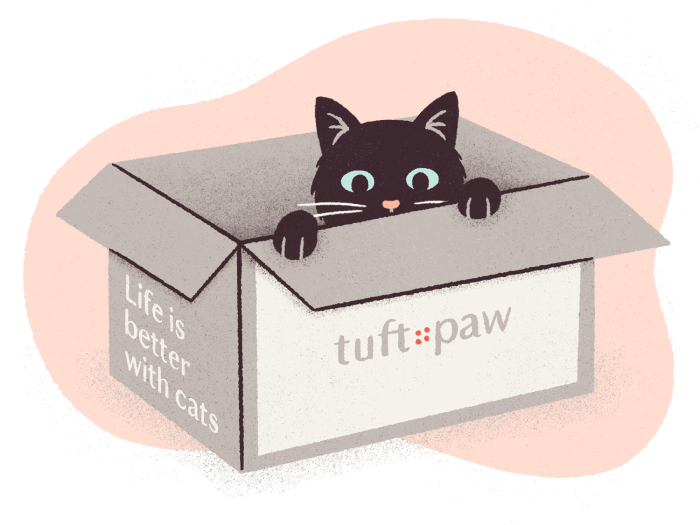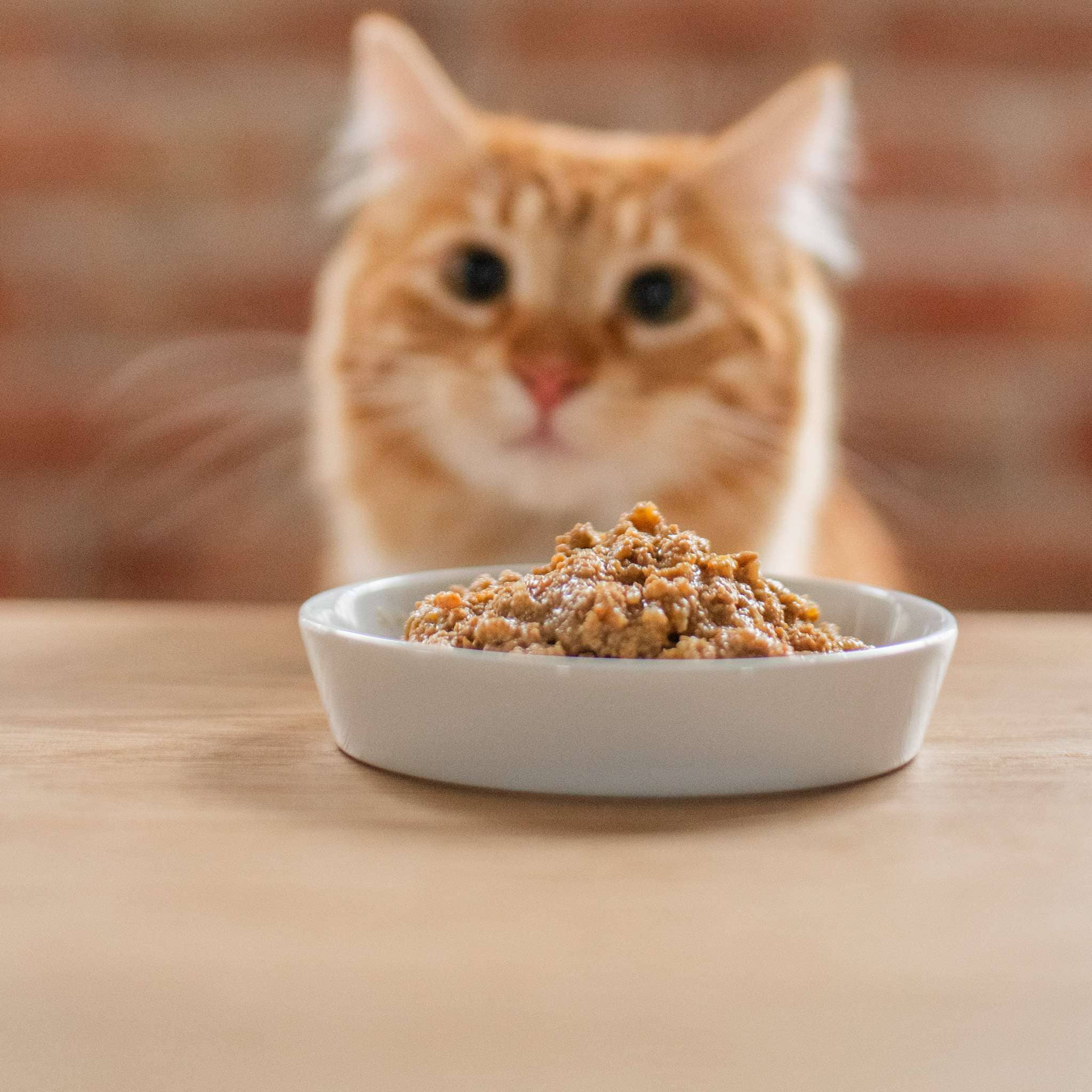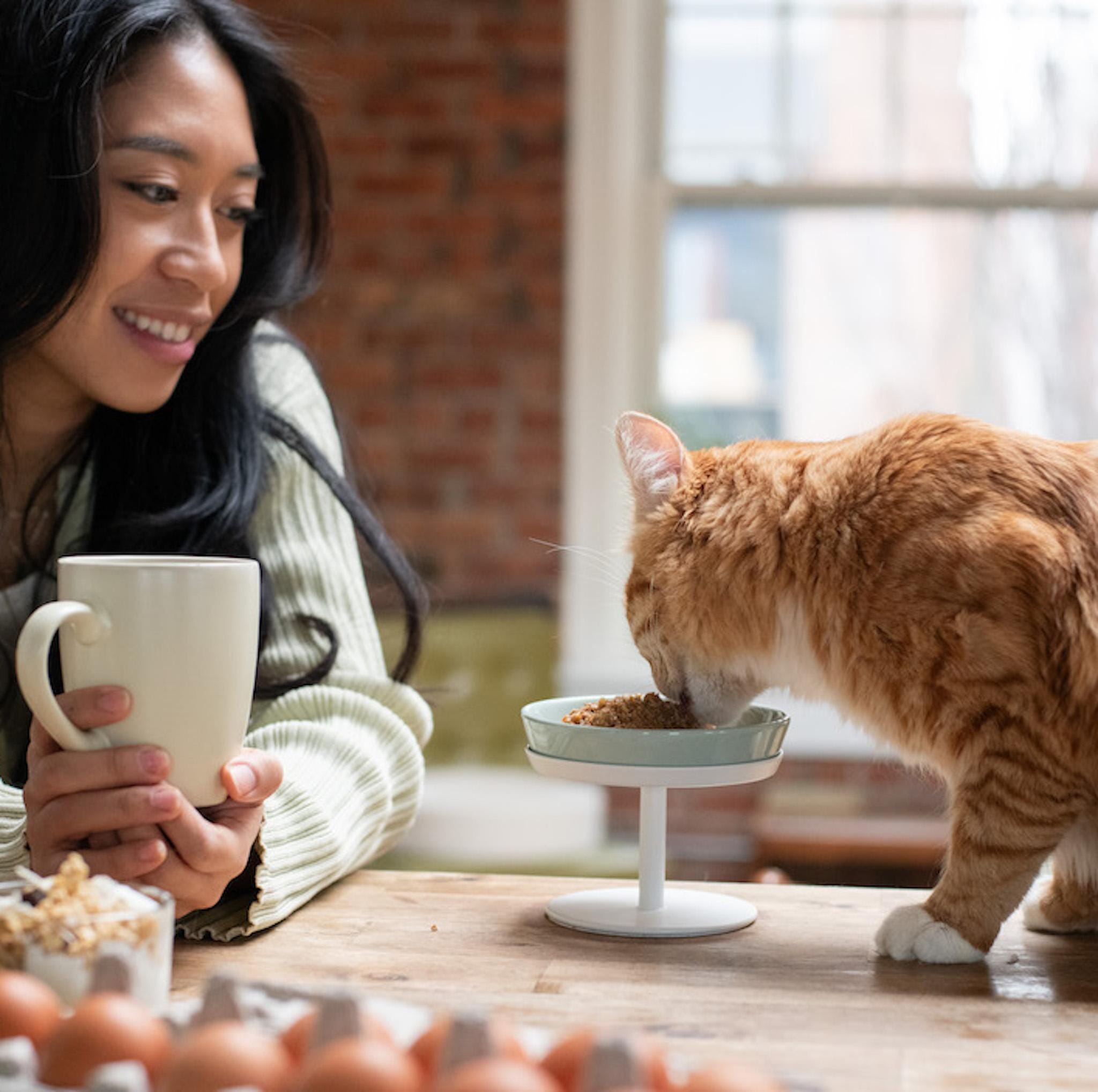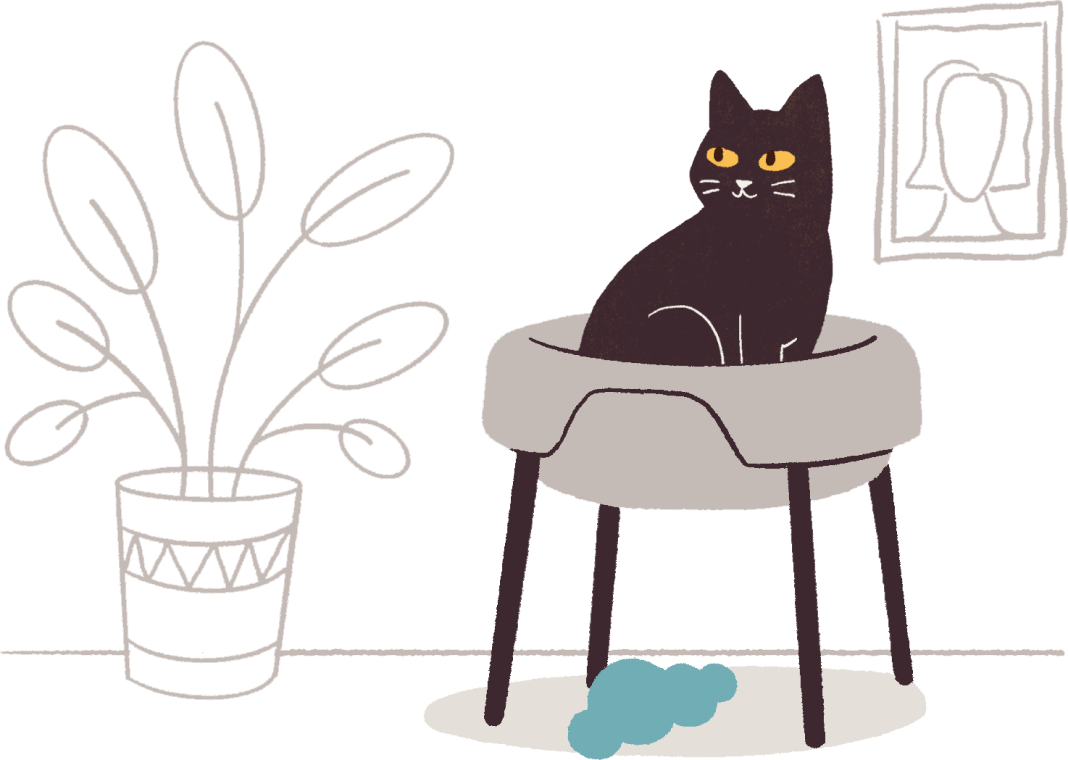Cat parents often struggle to choose between wet and dry cat food. Each type of food has its own set of advantages and disadvantages, and determining which is best for your cat depends on various factors such as your cat's age, health condition, and personal preferences. In this article, we'll explore the differences between wet and dry cat food, weigh their pros and cons, and help you make an informed decision for your cat.
Here at tuft + paw, we are cat experts. We're intimately familiar with the cat food features that are most important to cats and cat parents alike. The information in this article is based on consultation with a feline nutritionist, veterinarian, hundreds of online reviews, and our own experience as cat parents.
Cheat Sheet: Wet vs Dry Cat Food
| Wet Cat Food | Dry Cat Food |
|
|
Is Wet or Dry Food Better for Your Cat?
Before getting into specifics, let's address the fundamental question: Is wet or dry food better for your cat? The answer isn't straightforward, as both types of food offer unique benefits.
Wet cat food contains higher moisture content compared to dry food. This increased moisture can be beneficial for cats, especially those who need to boost their water intake. Cats are notorious for not drinking enough water, and wet food provides an alternative source of hydration. Wet food is also lower in caloric density than dry food, so it’s great for cats who need to lose weight. It also makes for better senior cat food because the soft texture is easier to chew.
On the other hand, dry cat food boasts convenience and affordability. It has a longer shelf life and can be left out all day without spoiling, making it ideal for cat parents who aren’t home during the day. Additionally, the crunchy texture of dry food helps to clean cats' teeth and reduce plaque and tartar buildup.
The takeaway: the choice between wet and dry cat food depends on your cat’s specific needs and preferences.
Wet Cat Food Pros & Cons
| Wet Cat Food Pros | Wet Cat Food Cons |
|
|
High Moisture
One of the main advantages of wet cat food is its high moisture content, which helps keep cats hydrated. This is especially important for cats with health conditions like kidney disease or diabetes. Cats evolved to get most of their hydration from eating prey rather than drinking from water sources, so they have a low thirst drive and may not drink enough water on their own.
Tip: High moisture content is a common feature of foods for cats with sensitive stomachs because it helps facilitate digestion.
@tuftandpaw Cat dehydration is more common than you might think. Many cat parents may overlook their cat's dehydration, a serious health concern stemming from causes like insufficient water intake, illness, heat, or specific medical conditions. Signs of dehydration include lethargy, sunken eyes, dry gums, and loss of skin elasticity. To promote hydration, consistently provide fresh water in a clean bowl, vary its placement around the house, and explore options like cat water fountains, flavored water, or wet cat food. Attention to dehydration is crucial to prevent potential health issues, and if you suspect your cat is dehydrated, consult a veterinarian for a proper diagnosis and a suitable treatment plan. #catdehydration #catwaterintake #catparenttips #catexperts #bestcatproducts #moderncatproducts #catparents #cathealth ♬ Just Give Me One More Day - Alej
High Protein
Wet cat food typically contains higher animal protein content than dry food, which is essential for cats' overall health and wellbeing. Cats are obligate carnivores, so they depend on animal meat to get all their essential nutrients. Protein is needed for everything from energy production, to muscle development, and beyond.
Tip: See our list of the best high protein cat foods.
Low Carb
Wet cat food tends to be lower in carbohydrates than dry food. Carbs are not inherently bad for cats, but they should only make up a small percentage of their diet. As carnivores, cats’ digestive systems have evolved to efficiently absorb nutrients from protein sources rather than carbs. Excessive carbohydrates can lead to weight gain, diabetes, and other health issues in cats. This is why we often recommend low carb cat foods.
Tip: If your cat has a rare grain sensitivity, see our list of the best grain-free cat foods.
More Expensive
One downside of wet cat food is its higher cost compared to dry food. You can still find affordable wet foods, but they tend to be lower quality and include more filler ingredients. Generally, the more animal meat is in a food, the more expensive it will be.
Dry Cat Food Pros & Cons
| Dry Cat Food Pros | Dry Cat Food Cons |
|
|
Higher Calories
Dry cat food is more energy-dense than wet food, making it suitable for cats that need extra calories, such as growing kittens. Keep in mind that many of these extra calories come from carbohydrates, so dry food may not be the best weight gain tool for senior cats who are suffering from muscle loss. In this case, senior cats would benefit from a higher protein food instead. Another consideration is that dry food’s higher calories can lead to obesity if portion size is not monitored carefully, which is why wet food may be a better choice for adult indoor cat food.
Helps Clean Teeth
The crunchy texture of dry cat food helps to scrape away plaque and tartar from cats' teeth, promoting better dental hygiene. You can even get foods with custom shaped kibble to more efficiently clean your cat’s chompers.
 Kibble with corners can help scrape plaque and tartar off your cat's teeth as they chew. Lipped Dock Bowl by tuft + paw
Kibble with corners can help scrape plaque and tartar off your cat's teeth as they chew. Lipped Dock Bowl by tuft + paw
Long Shelf Life
Dry cat food has a longer shelf life than wet food, making it convenient for cat parents who prefer to buy in bulk. Unlike wet food, dry food will not go bad if left out all day in your cat’s food bowl. This makes dry food ideal for cat parents who free feed their cat or use an automatic feeder.
More Affordable
Dry cat food is generally more affordable than wet food. It can be bought in very large bags and kept for a long time. For this reason, cat parents on a budget may prefer to feed their cat primarily dry food.
What to Look For In Cat Food
When choosing cat food, whether wet or dry, there are several factors to consider to ensure it meets your cat's nutritional needs:
Meets AAFCO Standards
Look for cat food that meets the nutritional standards set by the Association of American Feed Control Officials (AAFCO) to ensure it provides a complete and balanced diet for your cat's life stage. A cat’s different life stages have different nutritional requirements. For example, kittens need a higher calorie diet than adult cats to support their rapid growth, while senior cats benefit from diets that maintain muscle mass.
Here are the key AAFCO terms you’ll see on a label:
- Complete and Balanced – “Complete” means the product contains all the nutrients required. “Balanced” means the nutrients are present in the correct ratios.
- “Growth” life stage – Early life stage when kittens have greater nutritional needs to fuel their growth and development.
- “Maintenance” life stage – Adult cats who are no longer growing only require nutrition for maintenance of a healthy body weight.
- “Gestation/lactation” life stage – Pregnant/mother cats who need to feed their kittens have greater nutritional needs than non-pregnant, non-lactating adult cats.
- All life stages – This means the food is appropriate for both kittens and adult cats, though feeding directions will vary depending on your cat’s life stage.
Tip: Read about when to switch from kitten to cat food if you’re concerned about transitioning your young cat off of kitten food.
High Protein
We’ve said it once and we’ll say it again: cats are obligate carnivores who need lots of protein to thrive! Whether buying wet or dry food, look for a high protein content derived from animal sources. Prioritize whole meat or organ sources (e.g. salmon, chicken liver) and avoid foods that rely on animal byproducts, animal meals, or plant proteins for their protein content, as these can contain less digestible components.
Suitable for Your Cat’s Health Needs
Every cat is different, and some may benefit from specific types of food. Not every food will be a good fit. Consider your cat's specific health needs, whether that’s weight management, hypoallergenic food, dental health, urinary issues, or something else. Follow any food advice your vet provides regarding your cat’s health.
Your Cat Likes It!
Finally, choose cat food that your cat enjoys eating! If your cat refuses to eat a particular type of food, it won't provide any nutritional benefits, regardless of its quality. Don’t be afraid to try out different types of food to find the right fit for your cat.
Cats Can Benefit From a Mixed Diet of Wet & Dry Food
The wet vs dry food debate is not an either/or question! Each type of food provides different benefits which complement each other in a mixed diet. For example, wet food provides hydration, while dry food helps clean your cat's teeth. Experiment with different combinations to find what works best for your cat.
Conclusion
The choice between wet and dry cat food ultimately depends on your cat's individual needs and preferences. Both types of food offer unique benefits, and there is no one-size-fits-all answer. Consider factors such as moisture content, your cat’s protein and calorie needs, dental health benefits, and affordability when buying cat food. Consult your vet if you have any important health questions. By making an informed decision, you can ensure that your cat receives the nutrition they need to thrive. Good luck!









